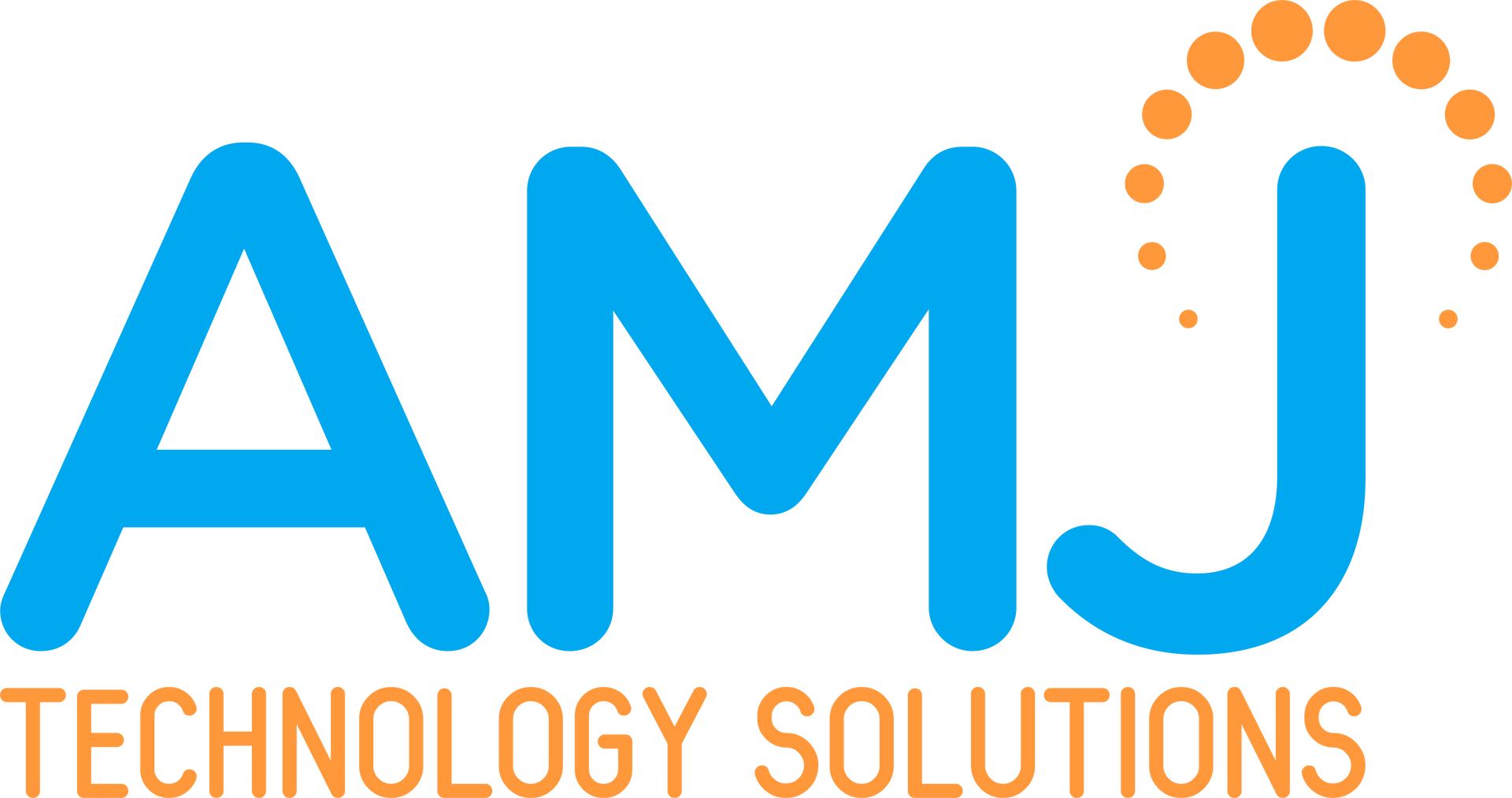Get in touch
Phone: +971-2632-5407
Email: sales@amjtechsolutions.com
Address: Tamouh Tower - Building 12, Floor 31, Office 3102 - Al Reem Island - Tamouh - Abu Dhabi - United Arab Emirates
Different Types Of Data Backups
The main priority of IT-centered organizations is protecting all their valuable data from corruption or loss. In theory, this seems easy. In reality, implementing an effective data backup protocol can be tricky.
This is especially true when you consider there are various types of data backups and each has its own set of strengths and weaknesses. Plus, a full data recovery protocol may require the use of various types in conjunction with one another, adding to the complexity of the entire ordeal.
So, stay with us as we explore the different types of data backups to provide you with a better idea of how each can help you in your data protection efforts.
1. Full backup
The most complete backup operation is a full backup. As the name suggests, all the data in your organization is copied to a storage device such as an external hard drive.
The biggest advantage of completing a full backup after each operation is that you’ll always have a full copy of all data in a singular location. Thus, you can access and restore it in the blink of an eye.
But there are also some notable disadvantages to full backup. It takes a painful amount of time to perform (typically by a factor of at least a 10 when compared to other backup methods) and requires a hefty amount of storage space.
This is why most organizations run full backups periodically. The only exceptions are data centers that deal with small amounts of data and may run a full backup daily. In most cases, though, full backups will be used in conjunction with other types of data backups.
2. Incremental backup
Incremental backup refers to backing up only the data that was changed after a previous data backup was performed. This generally works by using modified timestamps on files and comparing them to time stamps on the last backup, performed via a backup application that records and tracks backup times.
Because this version of backup will only copy data modified since the last backup, you can run it pretty much as often as you desire. Since the amount of data copied is notably smaller, you can expect a rapid backup speed without requiring a lot of storage media.
3. Differential backup
This operation has many similarities with incremental backup when it’s first performed as it will copy all data modified since the last backup operation. The difference is that each consequent time, it will continue copying all the data that was changed since a full backup. As a result, it will store more data than incremental backups every time you run an operation.
This means that you may need less space than you would for a full backup, but more than what you would need for incremental backups.
4. Mirror backup
Mirror backup involves creating a replica of a source data set, with only the latest data version being saved in the backup repository without a record of different file versions. As the name implies, the backup is a mirror image of the source data and all the files are saved separately, similar to the way they were in the original.
While mirror backup provides a fast recovery time and an easy way to recover individual files, it has many more drawbacks than other types of data backups.
For instance, you’ll need plenty of storage, and more concerningly, any accidental deletion or corruption in the source data set will be present in the mirror backup. This is why you should never rely fully on mirror backups but rather, implement other types of
data backups to be on the safe side.
Which type of data backups are the best?
There is no “best” approach, per se. In fact, for a comprehensive data protection plan, you’ll need to implement various protocols.
Every organization needs to perform a full backup once, and afterward, they can continue running full or rely on differential or incremental methods on subsequent backups.
The first partial backup will back up the same data as the full data backup. But by the third backup you perform, if you choose incremental backups, you’ll only copy the data to files changed since the last incremental backup. In contrast, a differential backup will save all the changes since the full backup.
There are many backup settings you can use. Most organizations implement the following:
- Daily full backup
- Weekly full backup + daily differential
- Weekly full backup + daily incremental
The way you approach backup will depend on your needs and storage space. Each strategy will require tradeoffs between data protection, the amount of data retained, and ultimately, the costs you incur.
For example, performing a daily full backup will require the most amount of space and will take significantly longer to complete. The advantage of this approach, though, is that you’ll have more copies of data and require fewer media to fully restore the data. So in a sense, this backup policy offers the highest protection and quick restore time.
Alternatively, if you perform the full weekly along with daily incremental backups, you’ll require the least amount of space and be able to make backups in the shortest amount of time. The downside to this approach is that you’ll have fewer copies of the data and may need to use up to six sets of media to recover all the necessary information. Even worse, if one of the media sets stops working, the entire restoration may fail.
A full weekly and a daily differential backup offer a good balance between the two previous approaches. You need more storage but you can also recover data a lot quicker than with an incremental and full backup strategy. You also need as little as two sets to recover a backup set, which can help you make a recovery operation faster with less risk of a problem due to a failure of a data set.
Keep your data safe
When deciding on the right types of data backups to use in your organization, you should think about how each method will fit your overall cost, availability, and performance goals. Again, this is easier said than done, and it requires testing and evaluation of various other factors.
Here at
AMJ Technology Solutions, we can help design your data backup protocol by conducting diligent testing of multiple backup methods, while also keeping a close eye on your business needs and your budget.
We’re committed to pursuing excellence each step of the way, so by working with us, you can keep your data safe, today and tomorrow.
Learn more by reaching out to us via our
contact form.
Disclaimer: The information on this website and blog is for general informational purposes only and is not professional advice. We make no guarantees of accuracy or completeness. We disclaim all liability for errors, omissions, or reliance on this content. Always consult a qualified professional for specific guidance.
Search
Recent Posts
Contact Us
We will get back to you as soon as possible.
Please try again later.
Questions? Contact Us Now!
Message Us
We will get back to you as soon as possible.
Please try again later.
Our Services
Get In Touch
Email: sales@amjtechsolutions.com
Phone: +971-2-632-5407
Address: Al Falah Tower, Building 503, Floor 6, Office 601, Sultan Bin Zayed The First St., Al Danah, Abu Dhabi, United Arab Emirates
All Rights Reserved. AMJ Technology Solutions.





